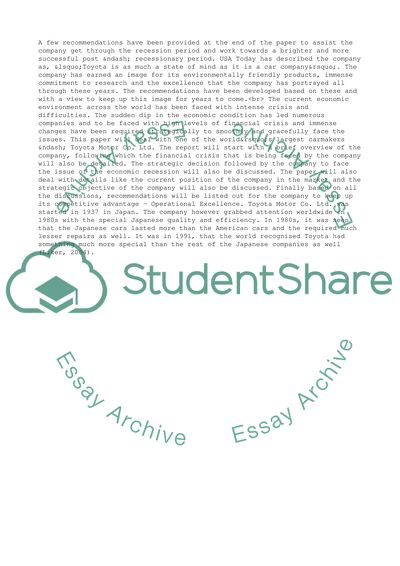Cite this document
(A Study of Toyota Research Paper Example | Topics and Well Written Essays - 2500 words, n.d.)
A Study of Toyota Research Paper Example | Topics and Well Written Essays - 2500 words. Retrieved from https://studentshare.org/management/1728514-toyota-report
A Study of Toyota Research Paper Example | Topics and Well Written Essays - 2500 words. Retrieved from https://studentshare.org/management/1728514-toyota-report
(A Study of Toyota Research Paper Example | Topics and Well Written Essays - 2500 Words)
A Study of Toyota Research Paper Example | Topics and Well Written Essays - 2500 Words. https://studentshare.org/management/1728514-toyota-report.
A Study of Toyota Research Paper Example | Topics and Well Written Essays - 2500 Words. https://studentshare.org/management/1728514-toyota-report.
“A Study of Toyota Research Paper Example | Topics and Well Written Essays - 2500 Words”, n.d. https://studentshare.org/management/1728514-toyota-report.


